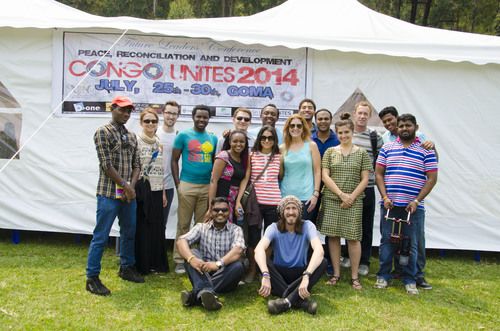Engage Youth of Every Tribe, Tongue, Faith & Province: Host a Future Leaders Conference to lay the foundation for a national level network of youth leaders with a common vision for peace, reconciliation, equality, and grassroots solutions for the nation’s pressing challenges. This conference seeks to bring together youth leaders from every province of the country, representing the major tribes, ethnicities, and religious groups.









